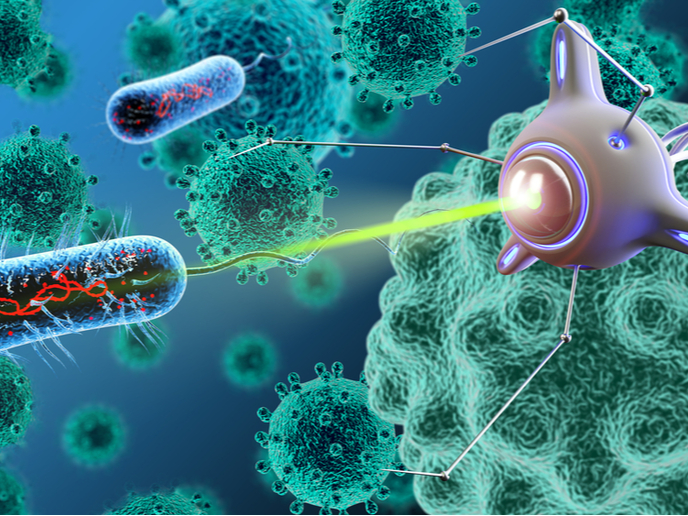Nano-vehicles deliver drugs where they’re needed
The drugs used to treat serious diseases such as cancer and Alzheimer’s aren’t nearly as effective as they could be. For Alzheimer’s, only 30 % of patients respond to therapy, a sobering statistic considering there are about 33 million people in the world with the disease. The response rate for cancer is even lower. A mere quarter reacts positively to treatment and 9.6 million people die each year from various forms of the disease. During the EU-funded project NABBA, young researchers worked on innovative solutions that would improve drug efficacy in diseases with very poor response rates. The project team developed nano-vehicles to improve drug delivery, with promising results. What’s the problem? “The real bottleneck is not the absence of an efficient drug but the difficulty of making it reach the therapeutic target,” says Prof. Francesco Nicotra of project coordinator University of Milano-Bicocca in a news item posted on the ‘News Medical’ website. This happens for two reasons. One is that the drugs are unable to cross biological barriers such as the blood-brain barrier, skin and mucous membranes in the small intestine, nose and mouth. These barriers are nature’s way of keeping out foreign material and only allowing passage to tiny molecules with certain characteristics. They’re especially problematic for most biological drugs such as recombinant proteins, antibodies and gene therapies. The other reason is that when the body identifies a drug as a foreign non-self substance, it can trigger its immune response to get rid of it. Therefore, the challenge is to protect the drug in the circulation and to allow it to overcome the barriers standing between it and the sick cell. The vehicular solution The project team’s nano-vehicles are based on various natural and synthetic self-assembling molecules, such as liposomes, polysaccharides, squalene and polyterpene. The NABBA researchers designed the vehicles to be undetectable by the immune system and able to overcome biological barriers. They further succeeded in increasing the nano-vehicles’ drug loading capacity and achieved a controlled release of the drug once it reached the target site. “The most challenging goal was to promote a specific active targeting – in other words, the capacity to release the drug selectively where it is needed,” states Prof. Nicotra. To do this, the team had two strategies. The first involved providing the nano-vehicles with specific keys – peptides, carbohydrates or antibodies – that can open a passage to the target cells. In the second approach, an ultrasound signal was used to collapse the nano-vehicle and release the drug at the barrier. Owing to their small dimensions, the drugs were able to pass through the barrier and reach the target site. “We have obtained very interesting and promising results,” he says, “in particular targeting different tumor tissues and brain pathologies – the blood-brain barrier is the most difficult biological barrier to overcome.” It usually takes 10 to 15 years for a new drug to reach the market. However, a class of nanoparticles developed in NABBA (Design and development of advanced NAnomedicines to overcome Biological BArriers and to treat severe diseases) is already being promoted by an Italian biotech start-up company. Registered as Amyposomes, these nanoparticles will be developed as a treatment for certain peripheral nerve disorders and ultimately as a possible treatment against Alzheimer’s disease. For more information, please see: NABBA project website
Countries
Italy



